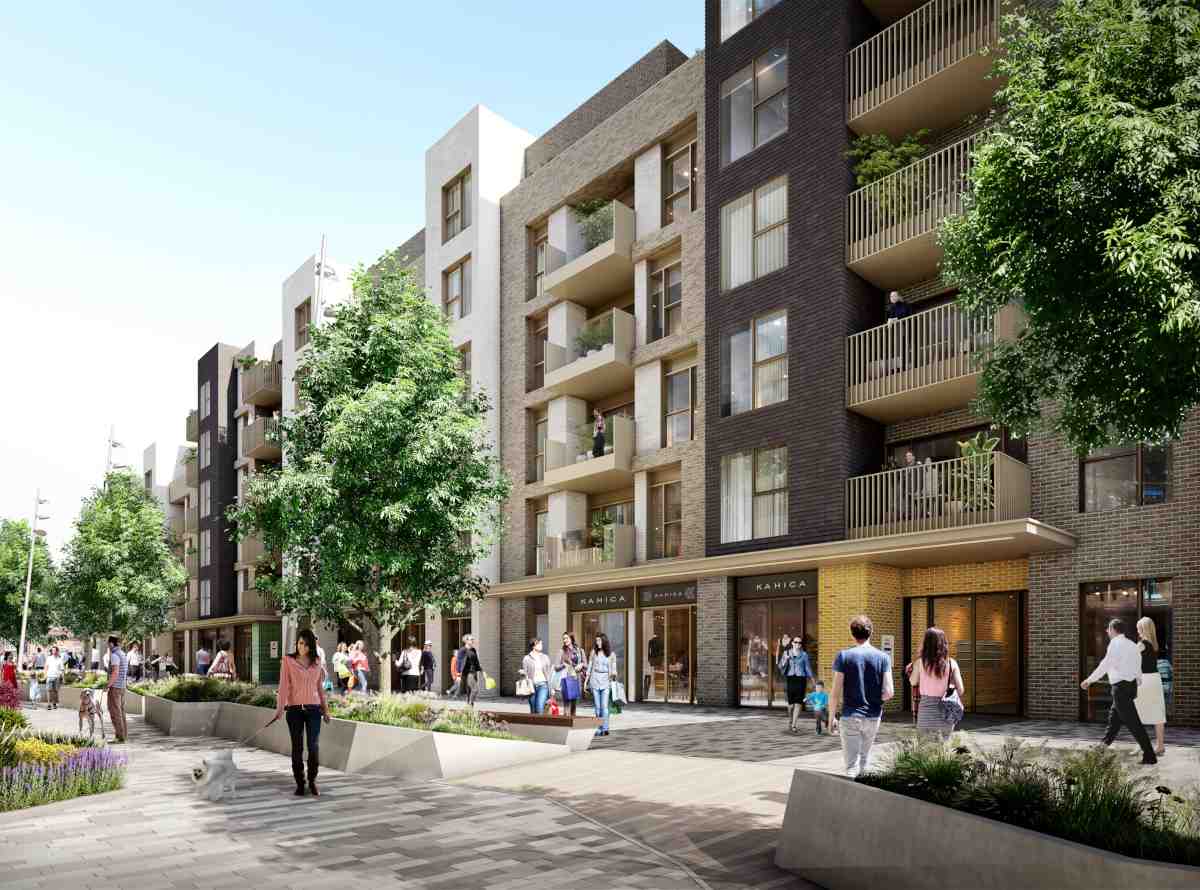
Homeowner sentiment in the UK is shifting further towards energy efficient provisions that result in cost savings in the present inflationary macroeconomic environment. This is eliding institutional pressures, arising from the government’s net-zero carbon emissions goal, with social ones to expedite the sustainability agenda in the housing sector.
UK inflation surged to 9 per cent in April, up from 7 per cent in March, with energy bills up steeply to £700 a month, according to reporting by the BBC. This ‘cost of living’ crisis has escalated the prioritisation of energy efficiency with data from NatWest and S&P Global showing the number of people planning efficiency enhancements in the next 12 months is up to 22 per cent; 33 per cent in the next 1 – 5 years, and 19 per cent over the next 6 – 10 years.
This Greener Homes Attitudes Tracker aggregate, of 63 per cent of homeowners planning improvements over the next decade, is up from 54 per cent last spring including electric car charging points and double glazing.
This data is supported by insights from FJP Investment whose recent survey demonstrated 44 per cent of UK buyers would pay a premium for homes with high energy efficiency ratings. Amongst the 18 – 34 year-old demographic, this shoots up to 59 per cent. Greater prevalence, and normalisation, of remote work has heightened the importance of sustainability measures for 39 per cent of home buyers, who expect to spend more time at home.
The government has acted consistently to support this drive, in line with its net-zero carbon emissions 2050 goals, including eliminating taxes on solar panels, insulation and heat pumps in the latest spring statement. Forward looking policy prescriptions are likely to favour new builds which, on average, emit over two tonnes less carbon per year than the average pre-existing home.
The latest Building Back Britain Commission report highlights that one in five UK homes in existence in 2050 is not yet built, so this represents a significant opportunity, particularly in addressing the ‘Green Gap’ in rented vs. owned accommodation.
“the figures showed the continuing ‘Green Gap’ between rented and owned accommodation, with homeowners still more likely to have energy efficiency measures such as double-glazed windows (82% vs 74% of renters) or energy-efficient lighting (69% vs 52% of renters), leaving renters potentially more exposed to higher outlays on heating their homes.”
References